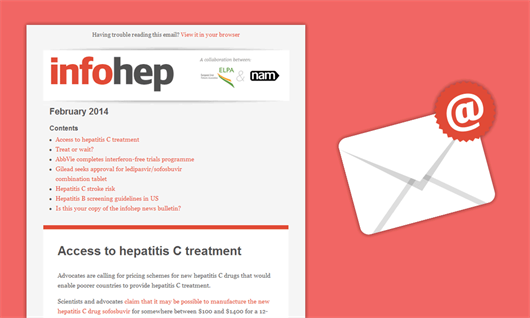
Victor Virlogeux and Bart Rijnders at CROI 2017. Photo by Liz Highleyman, hivandhepatitis.com
A little more than a year after the Netherlands instituted a policy allowing unrestricted access to direct-acting antivirals (DAAs) for the treatment of hepatitis C, researchers have already seen a dramatic decline in acute hepatitis C virus (HCV) infections among one at-risk population, HIV-positive men who have sex with men.
As of November 2015, DAAs can be prescribed to all people with co-infection regardless of liver fibrosis stage in the Netherlands. Researchers looked first at the responses to DAA treatment in a large national cohort of people living with HIV. The cohort included 1420 people with HIV/HCV co-infection.
As of January 2017, 82% had started DAA treatment and 70% were either cured or still on therapy. Among people treated with DAAs, the sustained virologic response rate was very high, at 98%.
The researchers then looked at changes in acute HCV infections among HIV-positive men who have sex with men since the DAA roll-out, comparing HCV incidence in 2014 and 2016 – the first full year of unrestricted DAA availability.
Annual HCV incidence fell from 1.1% to 0.5% per year – a highly significant 51% reduction. Annual incidence also declined further during 2016, from about 0.7% during the first half of the year to 0.4% during the second half.
Presenting the findings, Bart Rijnders noted that there was an "astonishing" 41% increase in new syphilis cases among HIV-positive men who have sex with men during this period, so he was confident the reduced HCV incidence was not attributable to changes in sexual risk behaviour.
Another study carried out in the Netherlands provides less good news about HCV infections, in HIV-negative men who have sex with men. HCV prevalence is higher than expected among HIV-negative men who have sex with men taking part in a study of pre-exposure prophylaxis (PrEP) in Amsterdam. PrEP is the use of two anti-HIV drugs by HIV-negative people to prevent infection with HIV.
Historically, the risk of HCV infection via sex in HIV-negative people has been seen as low. US guidelines still state that the risk of infection even in people with multiple partners or with a partner with HCV is ‘low’ and that screening or regular testing is not recommended.
However, the AmPrEP study found a prevalence of 4.8% among men joining the study. The rate of new infections is not known yet, but the baseline prevalence is much higher than seen in any previous study in HIV-negative men. Genetic testing shows that many of the infections are linked, either to other men receiving PrEP, or to men with HIV/HCV co-infection in the Amsterdam Clinic cohort.
Hepatitis C is much more common in HIV-positive gay men than in HIV-negative men. A number of studies from Europe and North America have found that in the region of 6.5% of HIV-positive gay men have chronic hepatitis C at any one time and that gay men with HIV are 7.5 times more likely to have hepatitis C than men without HIV. Infection rates have been rising in HIV-positive gay men over time.
Investigator Maria Prins said that hepatitis C screening and regular testing should become the norm among gay men seeking and taking PrEP.




Connect with infohep on Facebook: Keep up to date with all the latest news and developments.
Follow infohep on Twitter for links to news stories and updates from infohep.org. Follow us at www.twitter.com/infohep.
Follow all the infohep news by subscribing to our RSS feeds.